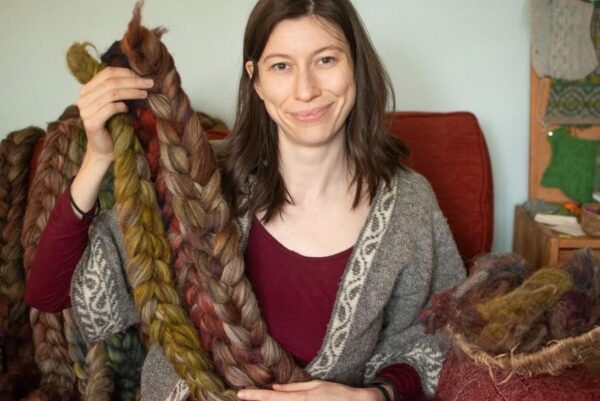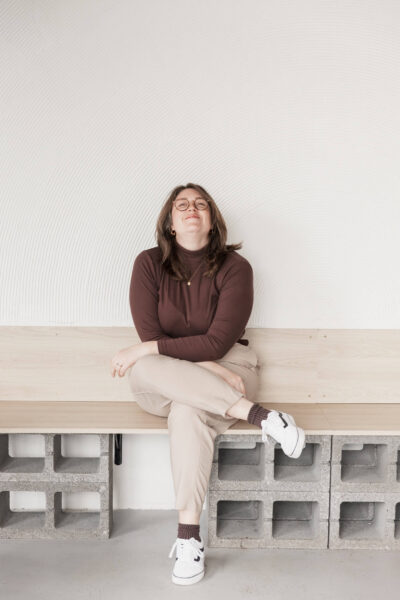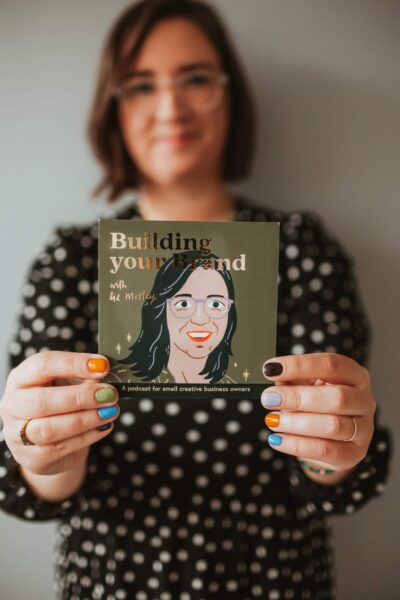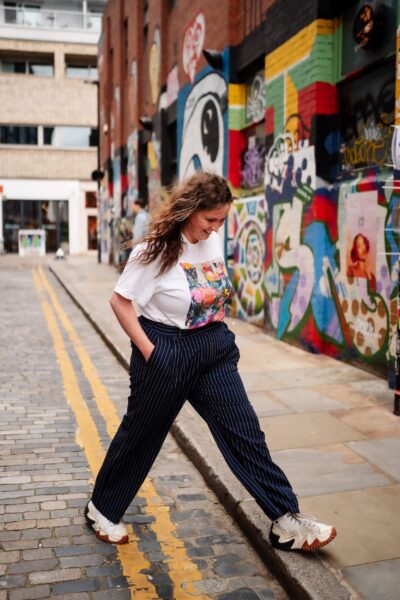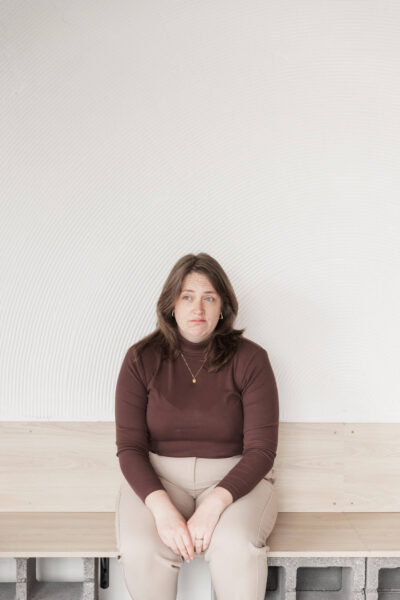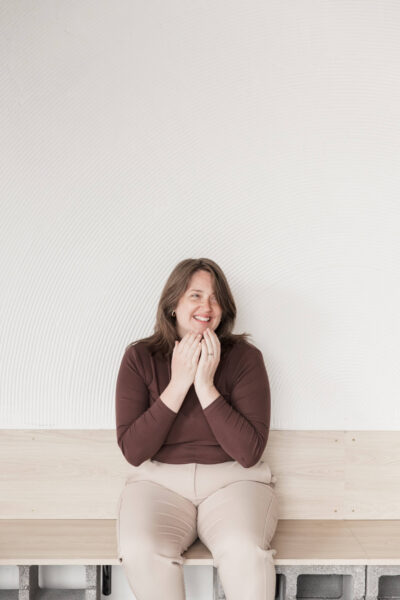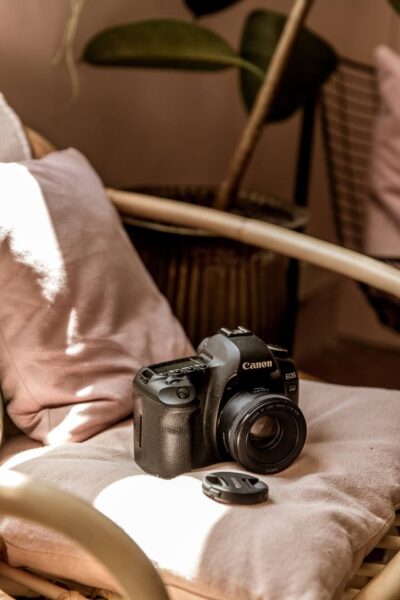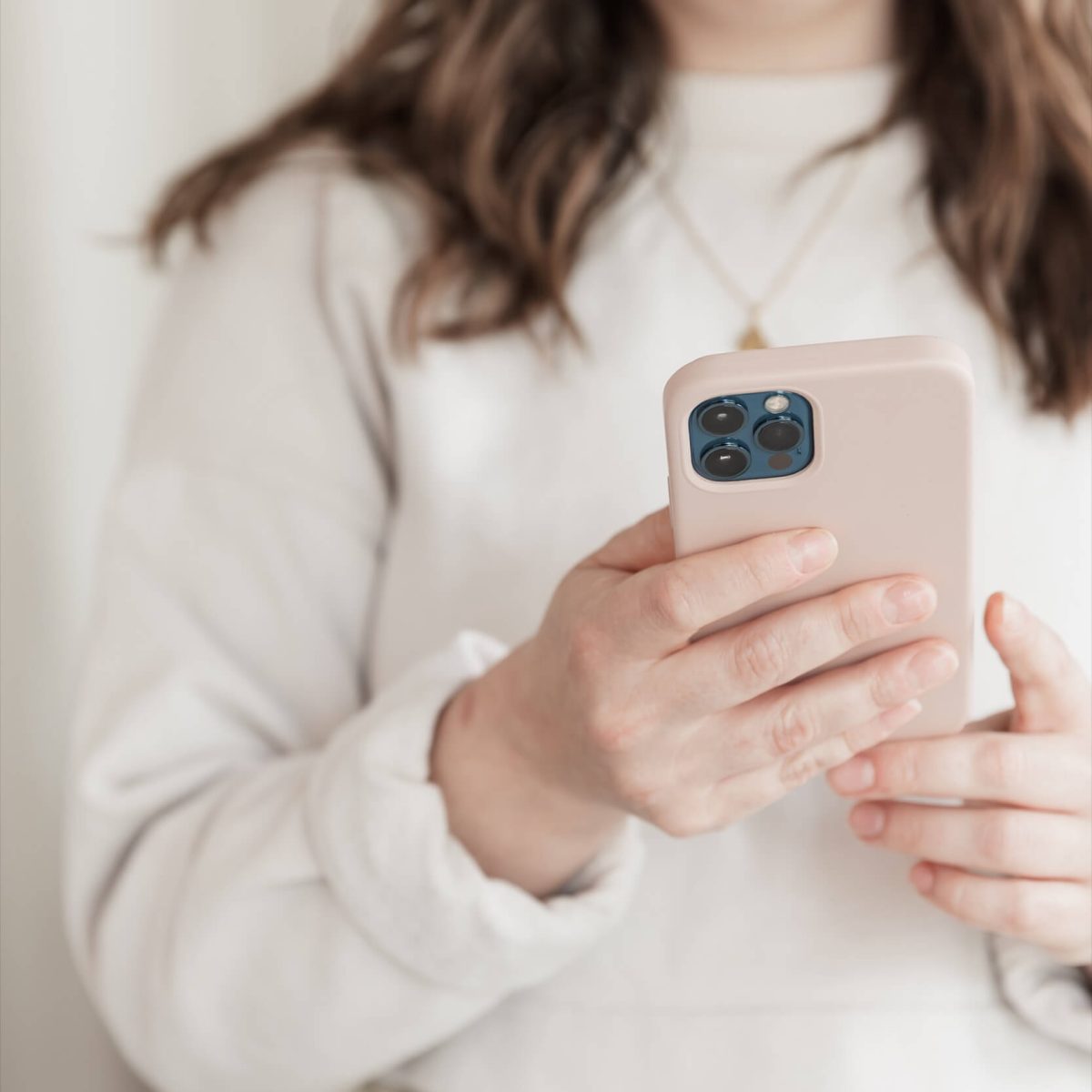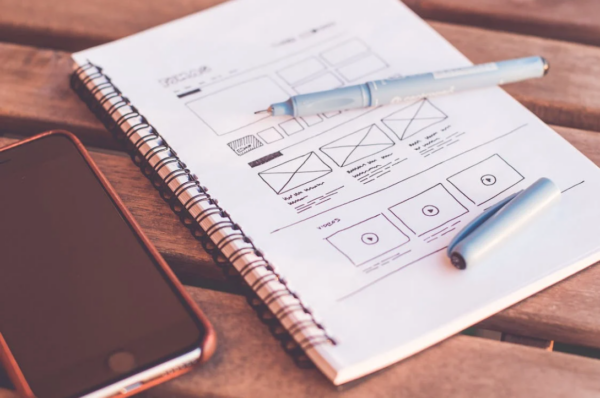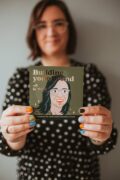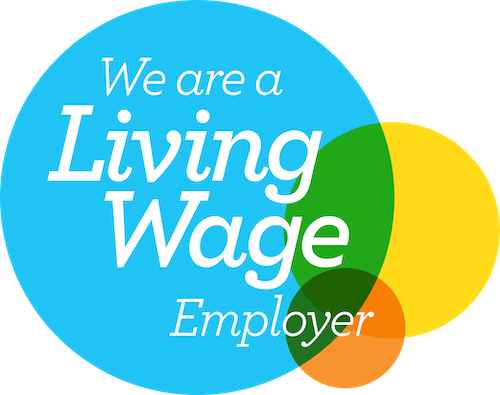This blog post has been written following an Ask Aime Anything* question from the very lovely Cat Goudouchaouri of One Creative Cat after our September 2018 campaign, sharing 30 five-minute tasks for small creative businesses.
Cat asks: Today I am trying to re write my “about me” page and… I’m stuck. Any ideas?
I can already feel you cringe. For most of us, the only thing worse than writing your own About Page is maybe, maybe, writing your CV or résumé. Writing a killer About Page doesn’t need to be that hard, so I’m going to help you get out of your head, and get typing your perfect business biography.
Who reads about pages, and why?
If you start writing a bio for your About Page without knowing exactly who’s reading it and why, sista you don’t stand a chance. With CVs and résumés, the answer to these questions are obvious: someone who you want to work for is reading to find out if you can do the job.
A lot of us write our About Page based on an assumption of the same job application process, but this is rarely the best fit. If you’re a retailer or maker, most of your biography readers will fall into two categories:
- Potential customer who has found a product they like, and performing their due diligence for quality & small business loveliness
- They’re a blogger, journalist or PR who could write about you
Ok, I guess there’s the third category of friends, competition and jealous exes who are just having a little stalk, but we’re not going to worry about them.
If (like me) you provide a service instead of a product, your primary audience might be looking for something slightly different: quality control and character fit. Our client-supplier relationships last a lot longer, and so our potential clients will want to make sure we can deliver on a project, and forge a flourishing longterm relationship.
Now here’s what most service businesses of all sizes get wrong: over-relying on every potential client reading the About Page.
The services Studio Cotton provides aren’t unique. We’re in the company of at least 40 Bristol-based brand, website and marketing support providers – our quality and character is the reason our clients choose us over our competitors. Restricting that crucial information to a single inessential page would be madness. MADNESS.
If you can communicate your quality and character throughout every page on your website, it means you can free up your About Page to provide an extra dimension and add depth to your brand with a true biography, oh and a staff list helps too. People like to know who they’re emailing.
Personal, in a professional context
Before we get into the right way to make an About page, let’s cover a few of the most common mistakes so that we know what to avoid. The first is nailing that balance of being personal and interesting, without wandering into irrelevance and unprofessionalism.
An About Page should be about your business above anything else. If you’re a mum of four who loves synchronised figure skating, that’s lovely – but if it’s not relevant to your work, it should not be on your About Page.
Yes, it’s important to be personal, to add life to your brand through your personal character and experiences, but you can do that in the way you write about your business and your journey.
That doesn’t mean your biography should be devoid of fun facts and tidbits. If you started your business because of a problem you encountered when you took your youngest child to the ice rink, then that is relevant and a great personal touch.
Selling you, or selling your products?
An About Page needs to be about the business and business owner, not the products. If I see one more about page that starts “All our products are handmade out of ABC in XYZ” then I am going to roll my eyes so damn hard I’ll get a tension headache then need to go home and watch Queer Eye with a fluffy pink pillow.
Information about your products belongs on your product pages. Information about your location, belongs on your contact page. This is an About Page. Tell me about you.
Make it a page
An About Page is just that, a page. Not an About Paragraph. Your About Page needs depth. It needs to convince your customer to buy into your story, and give writers so much incredibly useful info that they know they won’t need to exchange 5 emails in order to complete one article.
You have room to play with your audience’s attention. The fact that they’ve chosen to visit an about page suggests they’ve committed an extra level of attention to your story, so you can make the most of it.
Now we’ve explained alla that, head over to our accompanying blog post 6 steps to writing a killer About Page for an easy step-by-step guide of how to write your About Page content, with all the important info to include.

